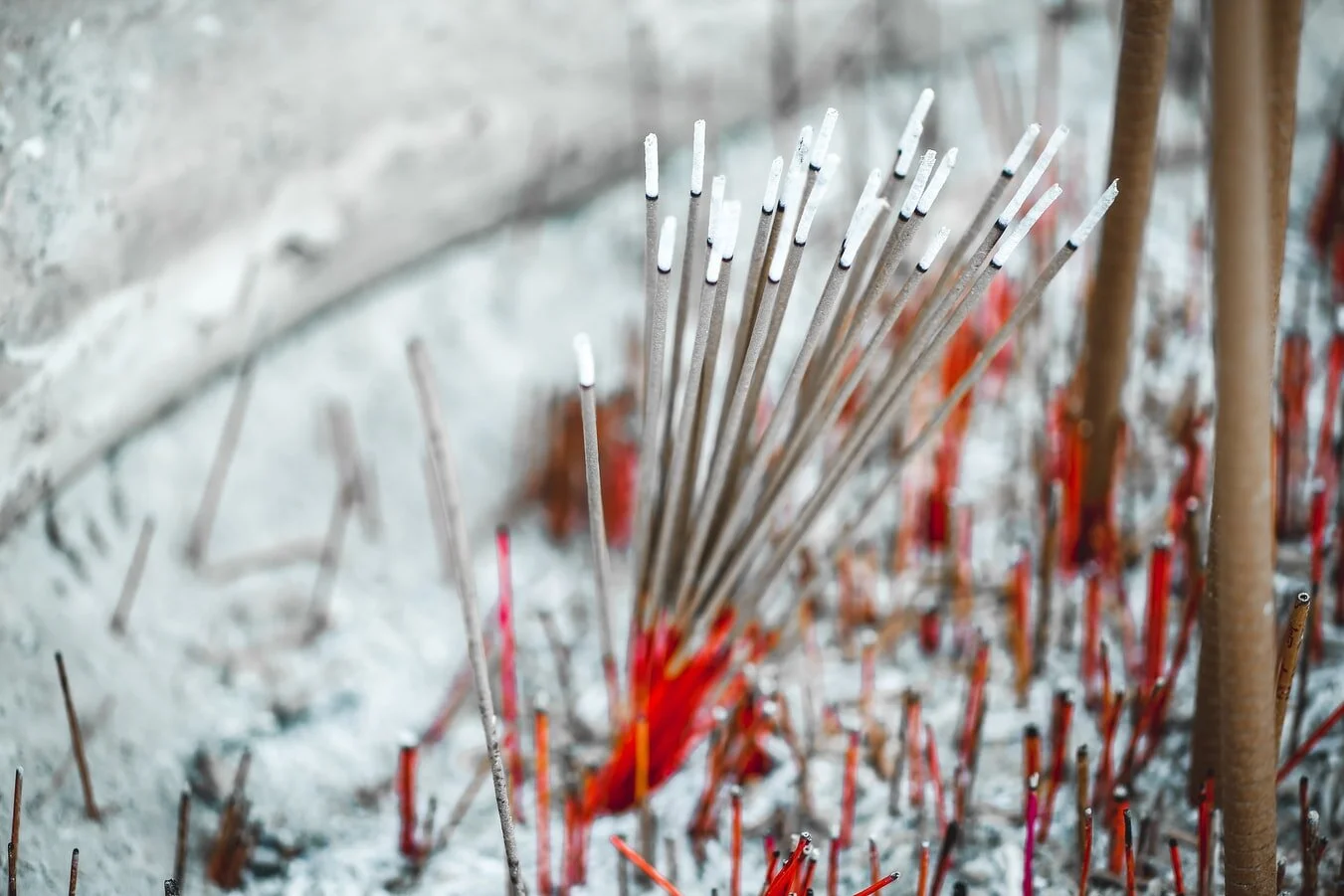The Surprising Story of Acupuncture in the US
I’ve been sitting on this post for a while, but as we all head into some stuck-at-home winter days, it feels like a good time to grab a cup of something warm and tell the story of acupuncture in the US. I’m guessing it’s a lot more fun than what you’re expecting!
But first, where did acupuncture itself come from? Well, let’s start with the legend.
Oh, and a note: The first part of this is obviously tongue-in-cheek! But all fun legends are worth telling at least once.
Thousands of years ago, a Chinese soldier was suffering from a stiff, frozen shoulder. One day, after years of pain, an enemy arrow struck him in the leg and he was suddenly able to move his shoulder freely and painlessly. When he returned to his village, he told his doctor about his miraculous recovery. Another patient with a frozen shoulder overheard their conversation. Desperate for his own relief, he asked the doctor to try stabbing him in the leg, too. So he did, and again, no more shoulder pain! The doctor was so impressed that, from that point on, every time a patient came to him with shoulder pain, he stabbed them in the leg with an arrow. The doctor quickly rose to fame—though I can’t imagine there was much competition for Best at Stabbing People in the Leg With an Arrow.
Curious whether this cure would work on other parts of the body, the doctor started asking around if anybody had experienced similar cures. He soon collected enough stories to create a series of “points” on the body that could be poked with arrows to treat different ailments.
And that … is not how acupuncture was really discovered. Of course, we know that the real connection between specific points on our bodies is our Qi. Acupuncture is an amazing practice that stimulates these points along established channels to help direct the flow of Qi and bring your body into balance. It wasn’t discovered by accident on the battlefield, but it was worth telling the story just once.
Acupuncture’s journey to the United States, on the other hand, is pretty interesting—and actually true!
Although not a secret by any stretch—acupuncture has been practiced in the US for almost 150 years—it started to work its way into mainstream America in the 1970s thanks to a presidential trip.
In 1971, New York Times journalist James Reston was visiting China with President Nixon and needed an emergency appendectomy. Following surgery, Chinese doctors used acupuncture to control Reston’s pain. His recovery was so swift and complication-free that he asked if he could watch other surgeries performed on patients who received only acupuncture for anesthesia.
Reston was impressed, and so he brought acupuncture to the front page of The New York Times, detailing his experience with Traditional Chinese Medicine for both the American public and the scientific community.
“Professor Li said that despite his reservations he had come to believe in the theory that the body is an organic unity, that illness can be caused by imbalances between organs and that stimulation from acupuncture can help restore balance by removing the causes or congestion or antagonism.”
—James Reston, The New York Times, 1971
That story caught the attention of the National Institutes of Health, which then began to sponsor physician visits to China to learn about acupuncture and its possible uses in Western medicine. And it’s important to note that Reston was a vocal proponent of formal education and training for acupuncturists in the US.
Henry Kissinger also plays a surprising role in this story. During a press briefing after the trip to China, Kissinger mentioned the journalist’s experience and Nixon’s own newfound interest in acupuncture.
And from there, acupuncture officially found a home in the US. By 1975, the country’s first acupuncture school had opened in Boston, and today, more than 15,000 acupuncturists are helping patients from coast to coast.
Not too bad for 2,500-year-old medicine and one famous appendectomy! No arrows needed.
In health and wellness (and a good story),
Julie

